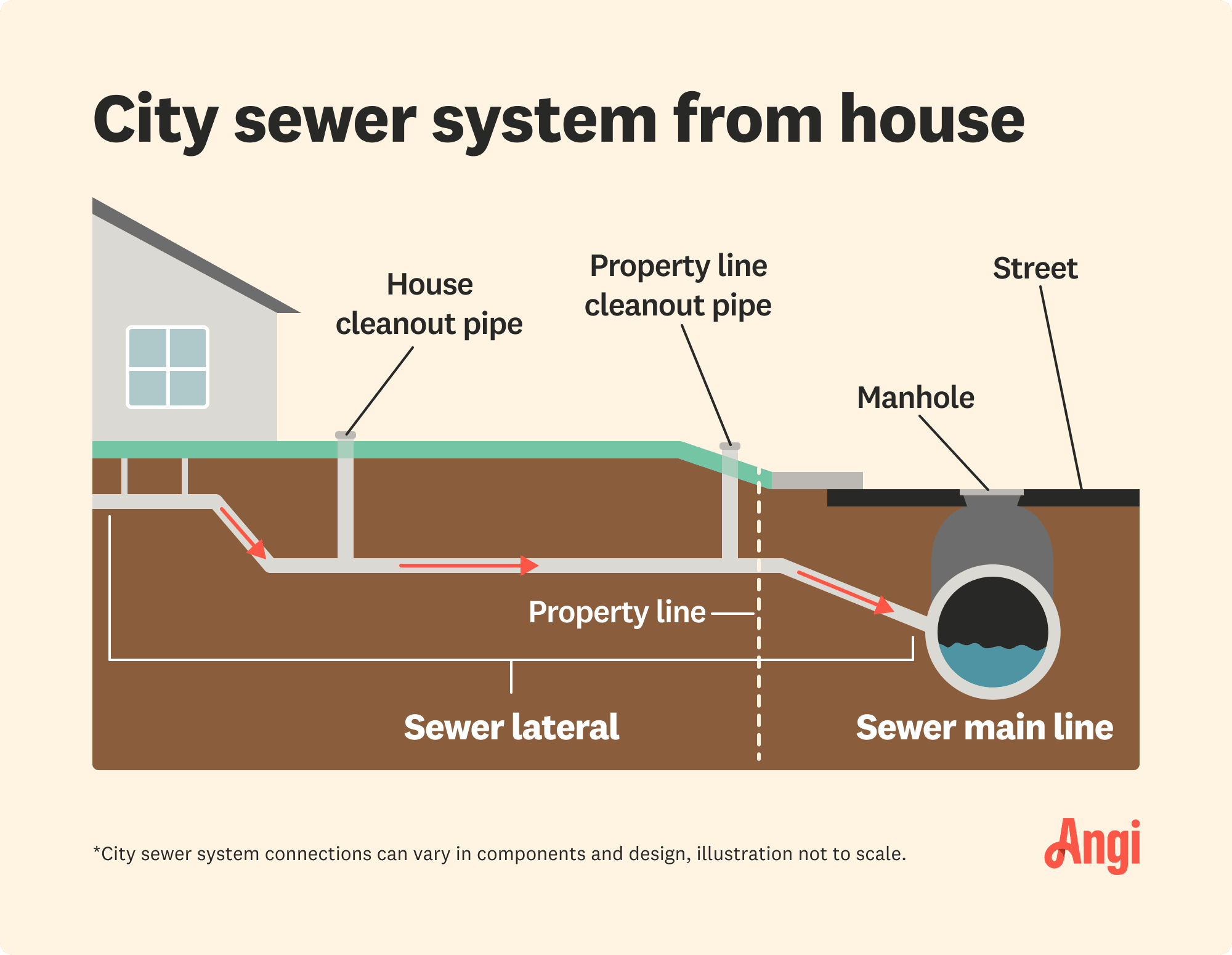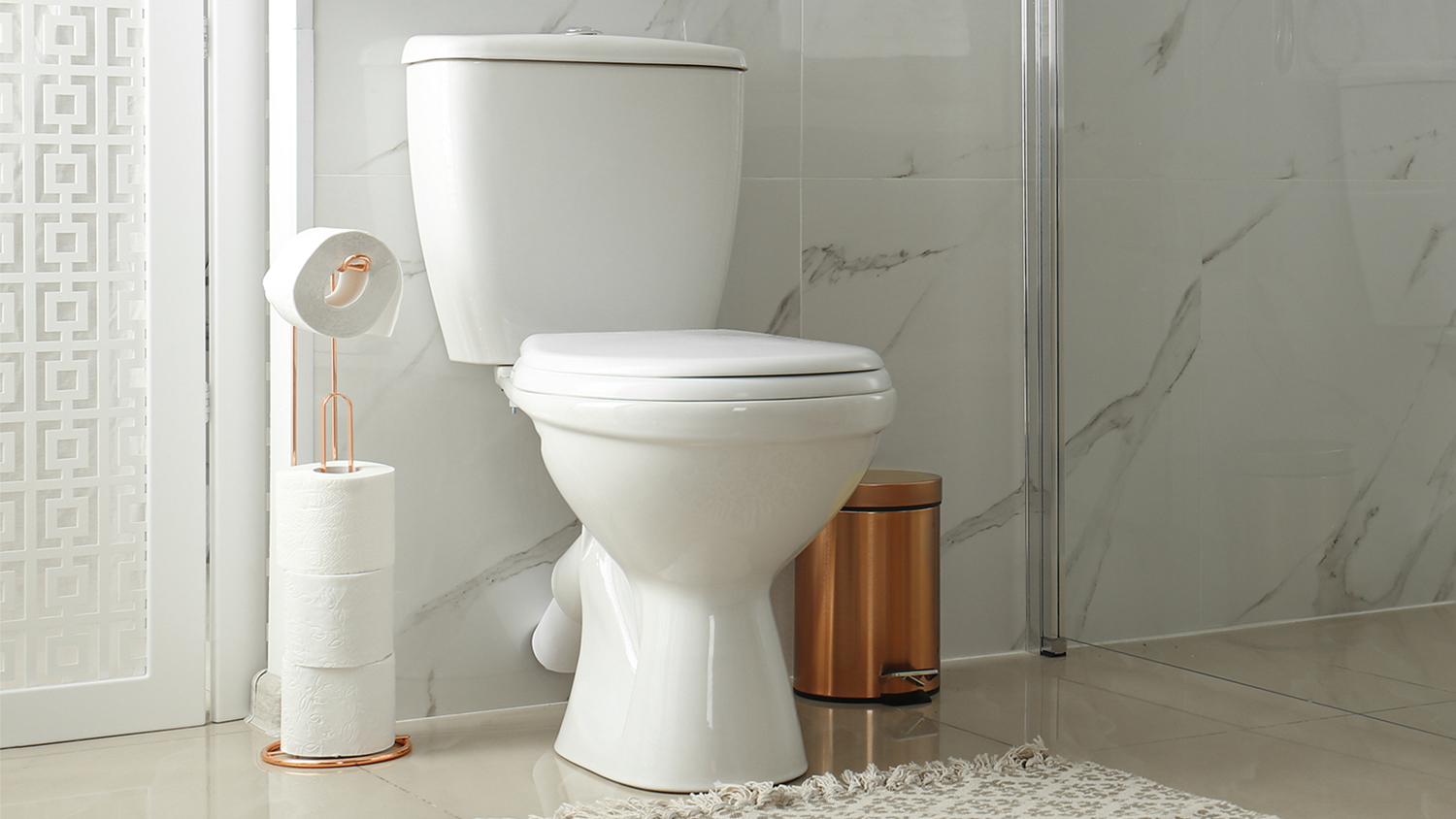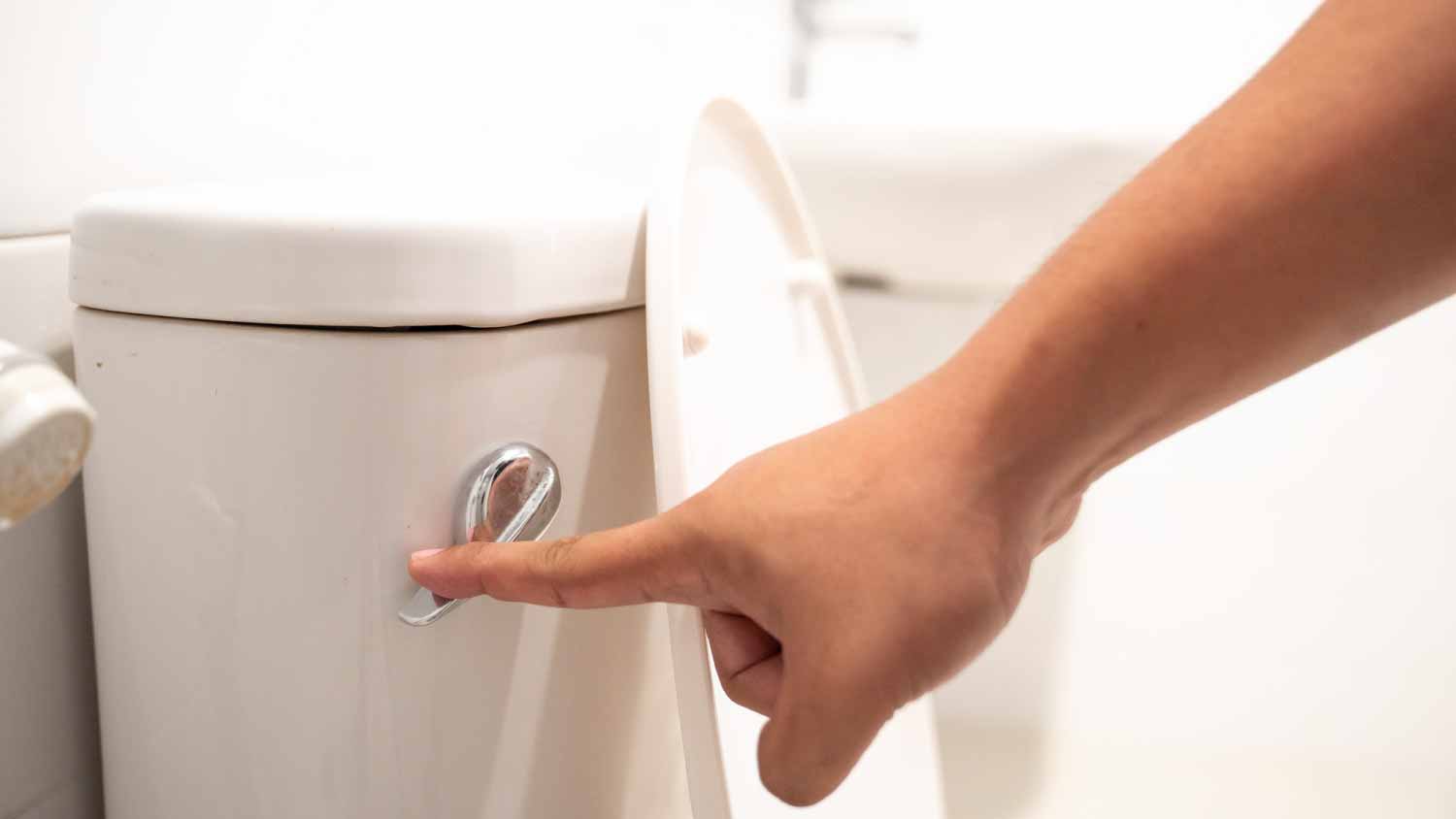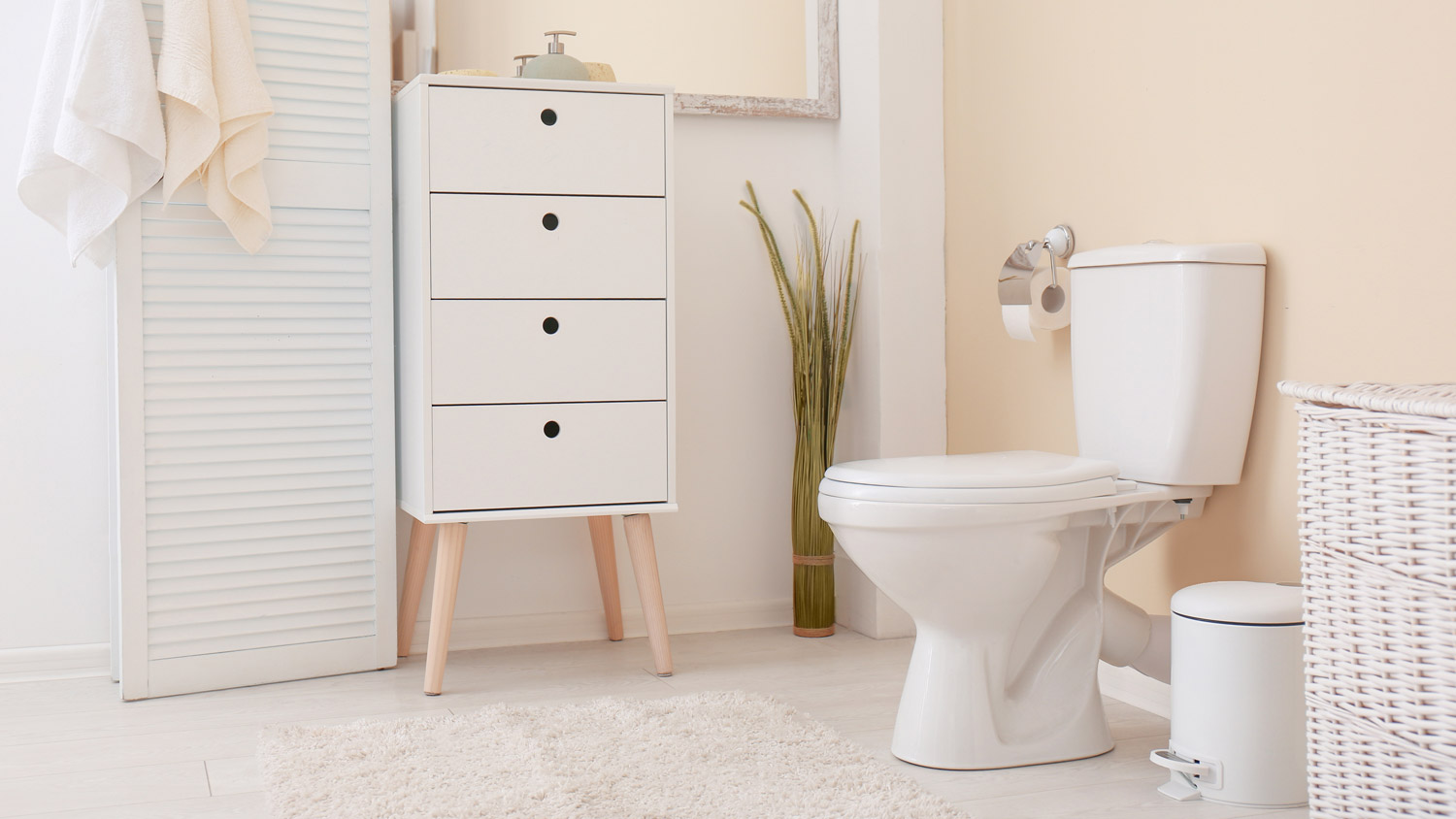
You should do a septic inspection once every one to three years to ensure you don’t have any issues. Learn about septic inspection costs before scheduling.
Most people pay $3,364 to install a sewer line in New York City, but depending on materials and labor costs in your area, you may end up paying between $1,203 and $5,550.


The acidic soil and harsh winters in New York make PEX and copper piping the most effective options.
New York City’s permitting process requires you to hire an engineer or architect and a master-level plumber.
While a sewer line installation doesn’t increase home values in New York, updating an old or failing system can help you maintain home value.
All of the wastewater from your sinks, showers, appliances, and toilets goes to your sewer line—so proper sewer line installation is key to a solid plumbing system in your new home. The cost to install a sewer line in New York City is about 3% less than the national average, with a range from $1,203 to $5,550 and an average cost of $3,364. From the piping length, materials, labor, and more, find out how much your project will cost so you can plan accordingly.
Here are the details on the key factors affecting your sewer line installation in New York City.

The average cost to install a sewer line ranges from $50 to $250 per linear foot. Sewer line pipes are about 5 inches in diameter and run underneath your yard from your house to the main sewer drain.
| Piping Length (Feet) | Average Cost |
|---|---|
| 30 | $1,450–$7,275 |
| 40 | $1,950–$9,700 |
| 60 | $2,900–$14,525 |
| 80 | $3,875–$19,375 |
To install a sewer line, you’ll need to purchase the pipes that connect the main sewer drain to your home. New pipes cost around $3 to $20 per linear foot. Factor in the type of piping material to gain a closer estimate as to how much you’ll pay per linear foot by referencing the following chart:
| Type of Pipe Material | Average Cost (Per Linear Foot) | Pros | Cons |
|---|---|---|---|
| Cast iron | $2–$10 | Durable, long-lasting | Rusts in acidic soil, likely needs to be replaced |
| Copper | $20–$30 | Durable against the acidic soil, long-lasting | Regular maintenance is needed to prevent rust and leaks |
| PEX | $2–$5 | Easy to install and bend around obstacles, performs well in rocky and gravelly soil | Not recyclable, requires insulation |
| PVC | $0.50–$5 | Easy to install, doesn’t corrode, affordable | Can crack in harsh winter weather |
Trenching: $800 per 100 linear feet
Boulder removal cost: $650–$1,200 per boulder
Tree removal cost: $200–$2,000 per tree
Pavement removal cost: $8–$15 per square foot
The following costs are associated with permits and hiring a sewer line repair pro in New York City.
The Bureau of Water and Sewer Operations (BWSO)—under the Department of Environmental Protection (DEP)—is in charge of the permitting process for sewer line installations. The first step is having a New York State licensed Professional Engineer or Registered Architect submit a Sewer Certification application for a House Connection Proposal. You’ll need to pay a $200 fee for the city to review the documents.
After your Sewer Certification is approved, you’ll need a licensed master-level plumber to apply for a Sewer Connection Permit. They’ll submit all the required paperwork, including a Work Permit and a Site Connection Proposal. The permit is valid for 60 days after it’s approved, and the connection fee costs $200.
The labor costs for your sewer line installation make up the majority of the project cost, ranging between $25 and $250 per linear foot. Because the project is complex, you must hire a master-level plumber, the most experienced and qualified pros for the job.
A sewer line installation doesn’t increase your home value because it’s a required feature for every home connected to the city’s sewer system in New York. However, if your sewer line is failing or old, it could lower your home’s value. In this scenario, replacing your sewer line can help maintain your home’s value and attract potential buyers.
Home is the most important place on earth, which is why Angi has helped more than 150 million homeowners transform their houses into homes they adore. To help homeowners with their next project, Angi provides readers with the most accurate cost data and upholds strict editorial standards. We survey real Angi customers about their project costs to develop the pricing data you see, so you can make the best decisions for you and your home. We pair this data with research from reputable sources, including the U.S. Bureau of Labor Statistics, academic journals, market studies, and interviews with industry experts—all to ensure our prices reflect real-world projects.
Want to help us improve our cost data? Send us a recent project quote to [email protected]. Quotes and personal information will not be shared publicly.
From average costs to expert advice, get all the answers you need to get your job done.

You should do a septic inspection once every one to three years to ensure you don’t have any issues. Learn about septic inspection costs before scheduling.

Need to know what sewer line replacement costs in Detroit, MI? This guide will help you prepare to budget for sewer line replacement done by local contractors.

Need to know what sewer line replacement costs in Kansas City, MO? This guide will help you prepare to budget for sewer line replacement done by local contractors.

Need to know what sewer line replacement costs in Dallas, TX? This guide will help you prepare to budget for sewer line replacement done by local contractors.

Got a home construction project coming up? Here’s how to find your sewer line from house to street so you can avoid catastrophe.

Your lot might require an alternative septic system based on location and soil conditions. Learn all about alternative septic systems and their costs.